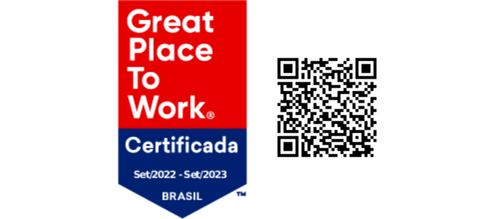In today’s highly competitive business landscape, companies are constantly seeking innovative strategies to improve operational efficiency and gain a competitive edge. One strategy that has gained prominence is reverse auction, an approach that aims to optimize the purchasing process and secure the best supply conditions.
In this article, we will explore the concept of reverse auction, why it is a strategy worth adopting, and how to organize such a process.
What is a Reverse Auction?
Reverse auction is a negotiation method used in the business environment, in which suppliers compete against each other to offer the lowest price or the best conditions for a specific product or service. Unlike traditional auctions, where buyers compete to obtain the best price, in a reverse auction, it is the suppliers who vie for the supply contract.
This strategy is particularly useful in B2B procurement, where competitiveness is high, and buyers have the power to influence supply conditions. Reverse auctions allow companies to obtain more competitive prices while enabling the evaluation of different suppliers in terms of quality, delivery time, and other relevant criteria.
Why Consider Reverse Auctions?
There are several reasons why companies should consider reverse auctions as part of their purchasing strategy. Some of these reasons include:
Cost reduction: Reverse auctions provide an opportunity to obtain lower prices and better supply conditions, resulting in significant cost savings for the company. By promoting competition among suppliers, it is possible to identify the most advantageous offer and achieve substantial savings.
Increased transparency: The reverse auction process is transparent and allows companies to have a clear view of suppliers’ bids. This facilitates the comparison of proposals and the selection of the most suitable supplier based on pre-established criteria such as quality, delivery time, and supply capacity.
Enhanced negotiation power: By using reverse auctions, companies gain greater negotiation power as suppliers compete to offer the best conditions. This allows companies to negotiate lower prices, shorter delivery times, and other benefits that meet their specific needs.
Is Adopting the Reverse Auction Strategy Worth It?
The decision to adopt the reverse auction strategy will depend on the specific characteristics and needs of each company. However, there are significant benefits to considering this approach to optimize purchasing, such as cost reduction, increased transparency, and enhanced negotiation power. Reverse auctions can be especially effective in high-volume purchases or product categories where competition among suppliers is intense.
However, it is important to note that reverse auctions may not be suitable for every purchasing situation. Some product or service categories may require a long-term relationship with strategic suppliers, and competition solely based on price may not be the best approach. It is necessary to carefully evaluate each case and consider factors such as purchase complexity, supplier relationships, and other relevant aspects before deciding on the adoption of reverse auctions.
Reverse auction is an efficient strategy to optimize the purchasing process and secure the best supply conditions. By adopting this approach, companies can reduce costs, increase transparency, and strengthen their negotiation power. However, it is crucial to analyze the characteristics of each purchase and consider specific factors before making a decision.




